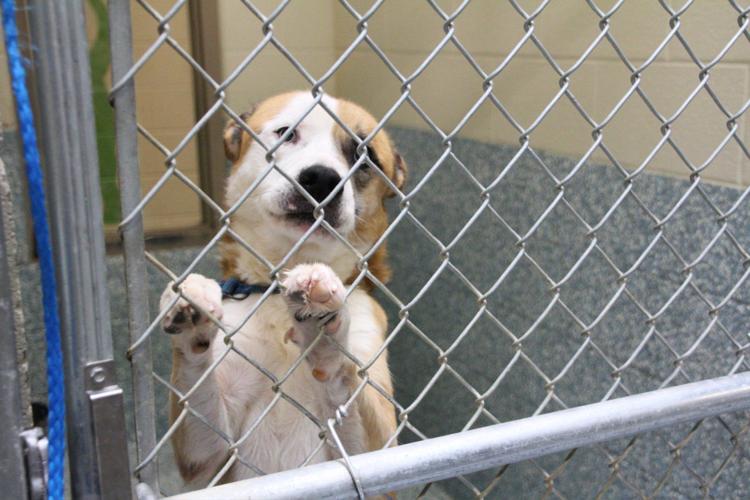
The Definitive Guide to Residential & Commercial Animal Control
Animals are an essential part of our ecosystem. Still, when they start invading residential or commercial properties, they can become a nuisance and pose risks to human health and safety. An animal control san antonio is managing and effectively removing unwanted animals from such properties humanely and effectively. The various aspects of residential and commercial animal control, from understanding the need for it to implementing practical solutions.
Residential and commercial properties can attract a wide range of unwanted animals, including rodents, birds, insects, and wildlife. Understanding the signs of an infestation and the appropriate animal control san antonio measures is vital to protecting your property and ensuring the safety of its occupants.
1. Understanding the Importance of Animal Control
Animal control is crucial for several reasons:
- It protects human health and safety. Many animals carry diseases or parasites that can be transmitted to humans through bites, droppings, or contact with contaminated surfaces.
- Animal infestations can cause significant damage to property and structures, leading to costly repairs.
- Implementing proper animal control measures helps preserve the ecosystem’s delicate balance by preventing invasive species from disrupting native wildlife populations.
2. Identifying Common Pest Animals
The first step in animal control is identifying the type of pest animals present. Common examples include rodents like rats and mice, birds like pigeons, insects like ants and spiders, and larger wildlife like raccoons and squirrels. Each species requires specific handling methods, so proper identification is essential.

3. Assessing the Scope of the Infestation
Conducting a thorough inspection of the property is essential to understand the extent of the infestation. Identify entry points that animals use to access the property and estimate the number of animals present. This information will help determine the most appropriate course of action.
4. The Human Approach to Animal Control
When dealing with pest animals, it is crucial to adopt a humane approach. This means using trapping and removal methods that do not cause unnecessary harm to the animals. Relocation to suitable habitats is preferred over extermination whenever possible.
5. Prevention and Exclusion Methods
Preventing future infestations is essential to long-term animal control. Sealing off entry points, installing barriers and fencing, and removing attractants such as food and water sources are effective ways to keep animals away from your property.
6. DIY vs. Professional Animal Control Services
While homeowners can handle minor infestations, more significant or persistent issues require professional help. Animal control experts have the knowledge, experience, and tools to handle various situations efficiently, saving you time and potential damage costs.

